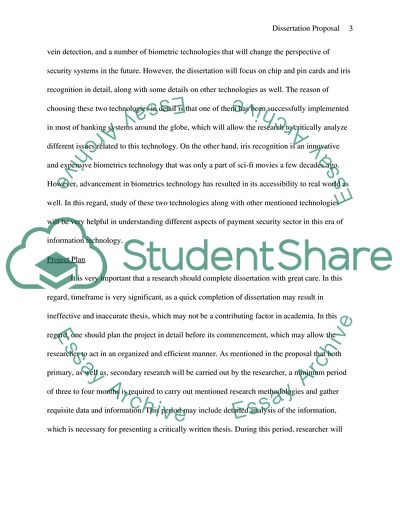Cite this document
(The Significant Role of Payment Technologies Case Study, n.d.)
The Significant Role of Payment Technologies Case Study. Retrieved from https://studentshare.org/information-technology/1723615-proposal-for-dessertation
The Significant Role of Payment Technologies Case Study. Retrieved from https://studentshare.org/information-technology/1723615-proposal-for-dessertation
(The Significant Role of Payment Technologies Case Study)
The Significant Role of Payment Technologies Case Study. https://studentshare.org/information-technology/1723615-proposal-for-dessertation.
The Significant Role of Payment Technologies Case Study. https://studentshare.org/information-technology/1723615-proposal-for-dessertation.
“The Significant Role of Payment Technologies Case Study”, n.d. https://studentshare.org/information-technology/1723615-proposal-for-dessertation.


